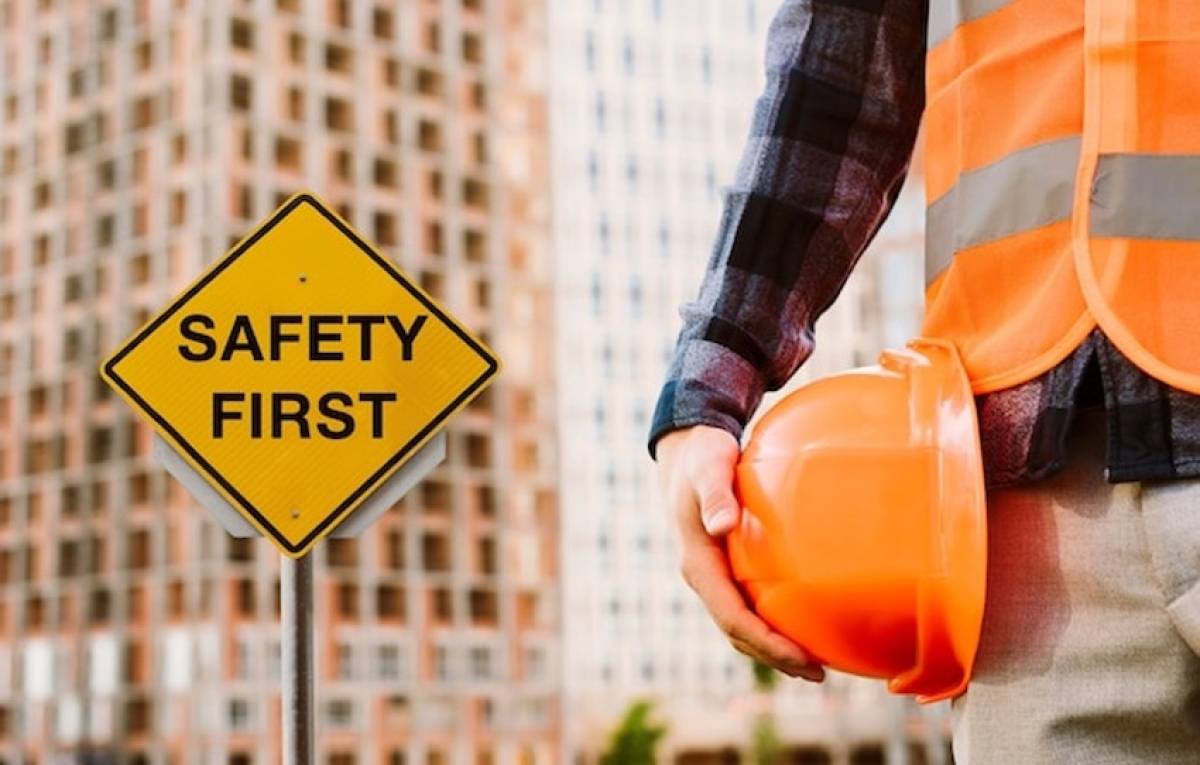How to Design an Effective Workplace Safety Plan for Your Business

Workers represent one of the most valuable business assets there is.
They are the glue that holds organizations together. And under modern law, they are entitled to a safe and healthy work environment. So, you might as well take action to protect them.
It’s the right thing to do, but also beneficial from a business standpoint. You have a chance to cut compensation and insurance costs while maximizing morale and productivity.
It’s a clear win-win.
And you don’t even need to turn your office upside down or break the bank. A safety plan is a good place to start, the cornerstone of your efforts.
If you don’t know how to go about it, fret not.
Steps to Design an Office Safety Plan
Use this office safety checklist as your blueprint:
1. Flesh Out a Safety Strategy
First off, you need to develop a comprehensive safety strategy.
This written document lays the groundwork for your safety and health management system. It sets specific goals and shapes general policies.
To do the planning right, you should get educated. Learn more about safety requirements. That starts with heeding Occupational Safety and Health Administration (OSHA) guidelines. They are the gold standard of rules governing office safety in the US.
At the same time, you have to realize each workplace is different. This means you must factor in unique needs and requirements that apply in your case.
2. Run a Risk Analysis
The next stage revolves around turning universal principles into concrete procedures.
Kick off this process by carrying out a thorough risk assessment. Inspect the workplace and the way people go about day-to-day tasks. You may need to do several walkthroughs.
Furthermore, analyze past incidents, injuries, disasters, and illnesses for future reference.
Try to evaluate the extent of health hazard exposure. Bear in mind some adverse effects aren’t immediate or easy to detect. Nevertheless, you need to list all the risks that stem from work-related items, equipment, and processes.
3. Get Everyone Involved
Employees must take an active role in fostering office safety.
To make it happen, open the channels of communication. Hold face-to-face meetings and utilize digital platforms. Spread the awareness of risks and how to deal with them.
Senior management has to be fully on board as well. It’s supposed to set the example, initiate policies, and defines responsibilities.
So, provide special training to everyone— supervisors, employees, and managers. Conduct frequent drills to give them an idea of how to react under stressful conditions.
Incorporate health and safety principles into your business culture.
4. Set Up Prevention and Control Measures
The next step is to work out hazard prevention and control measures.
With these practices, you should aim to eliminate hazards whenever possible. Alas, you will not be able to always do this. So, manage the risks that elude complete eradication.
For instance, introduce less toxic materials or improve air quality. Create and enforce safer work procedures. Establish a disciplinary system and invest in better safety gear.
Remember you can rely on your state Consultation Program for direction. Professional aid is always welcome. Do whatever it takes to keep everyone out of the harm’s way!
5. Launch Your Office Safety Plan for a Positive Change
Final,ly in this day and age, workplace health and safety aren’t optional. Implement them as soon as possible and make sure they are a priority in your business.
Safety is an absolute must and calls for a systematic, strategic approach. This is to say you should put a detailed plan in place.
Take into account the unique risks that plague your office space. Do a complete on-site survey. Get buy-in from all stakeholders and leadership.
Deploy preventive measures that address identified risks and hazards. An office safety checklist is your guiding light in this endeavor.
Stay on the safe side— hope for the best and prepare for the worst.













![7 Inspirational Quotes to Uplift You [INFOGRAPHIC] young-woman-inspired-notes-smile-inspiration-quote](/sites/default/files/styles/video_thumbnail_bottom/public/young-woman-notes-smile-inspiration-quotes.jpeg?itok=DqYtOSE1)






